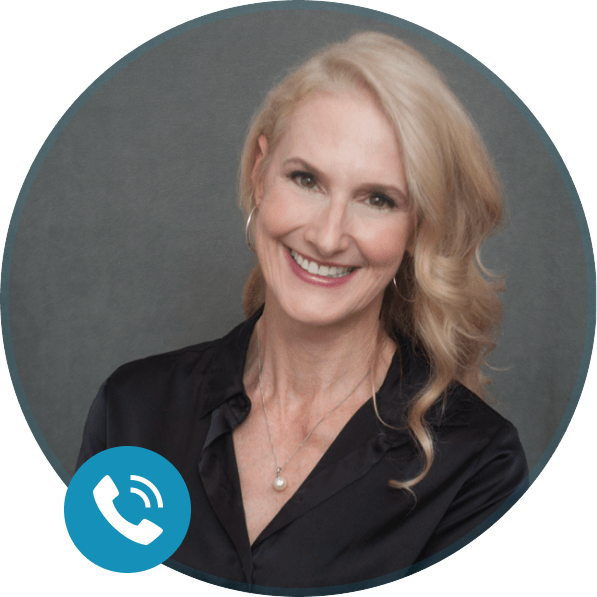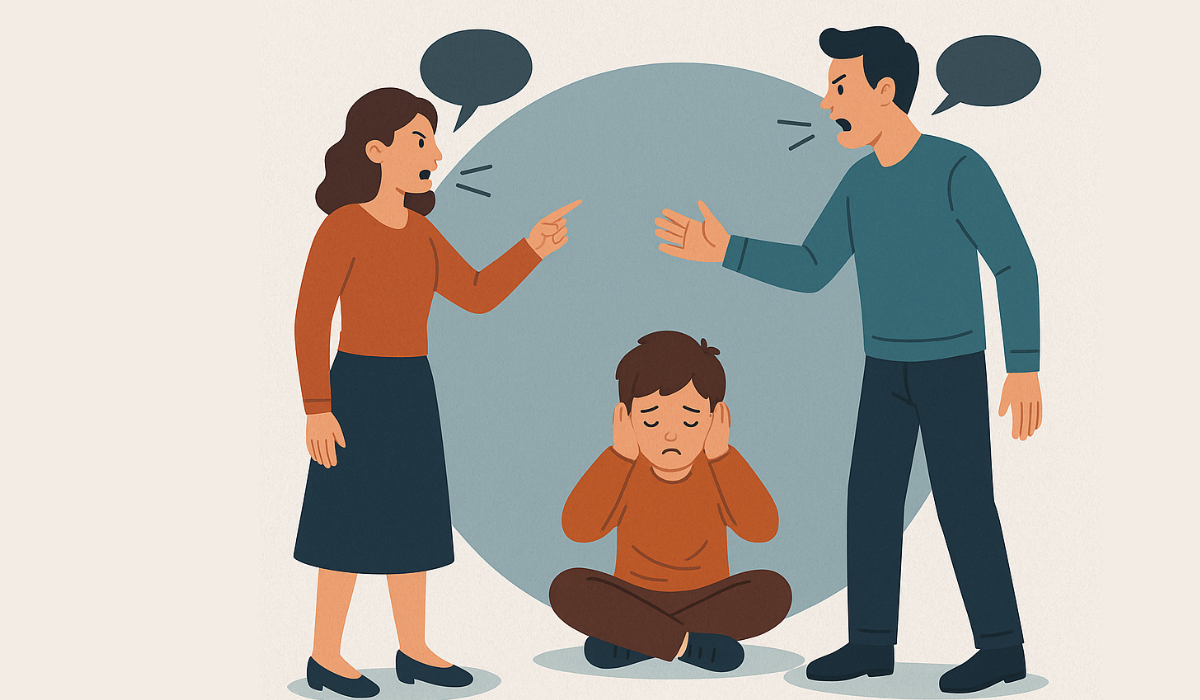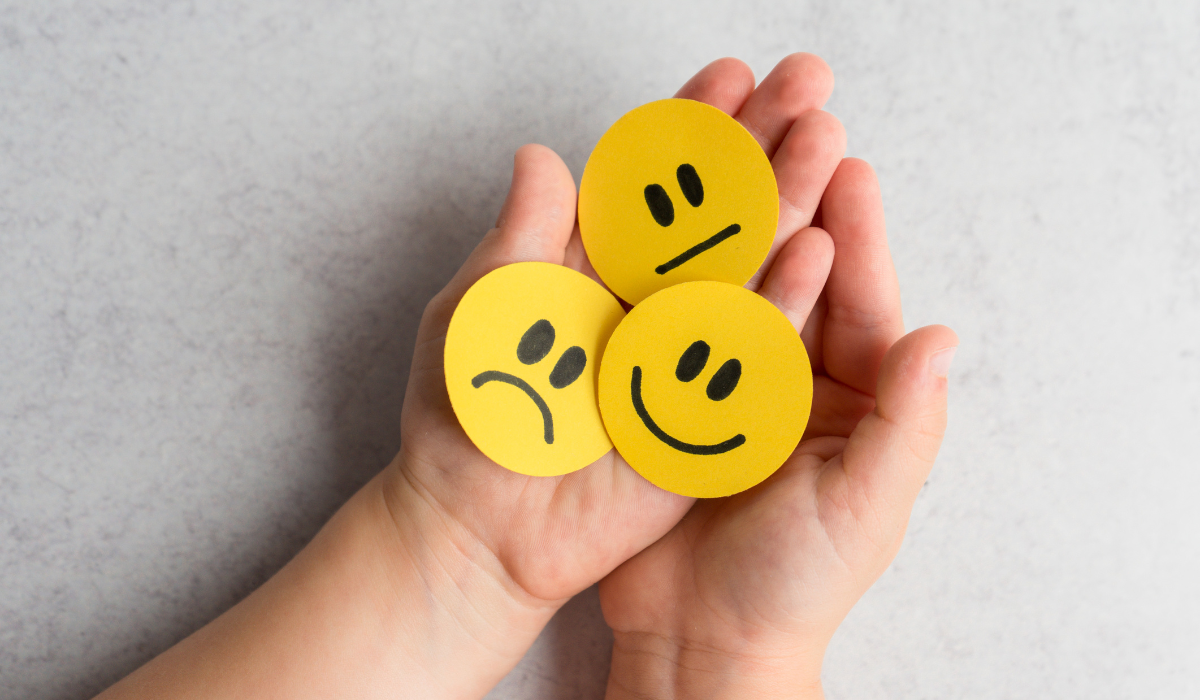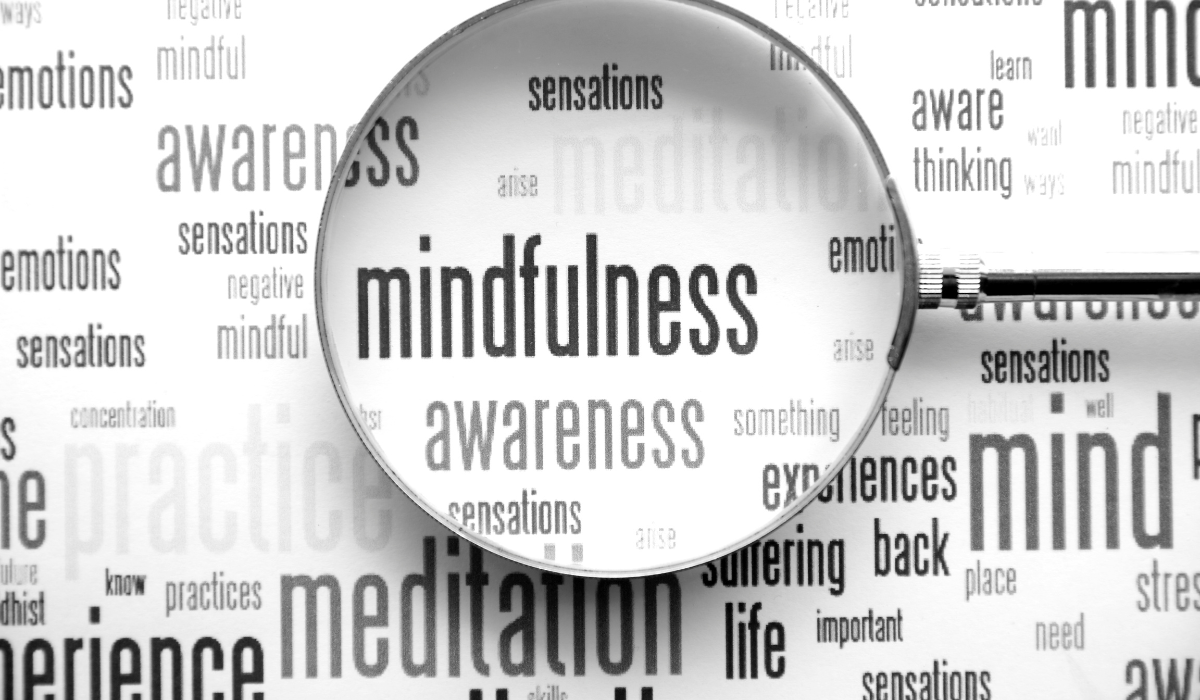Ever felt like life just knocked the wind out of you? Like you’re holding things together with invisible string? If so, you’re not alone. Emotional pain is something every human faces—but rarely talks about.
That’s where emotional healing therapy steps in. It’s not about forgetting what hurt you. It’s about learning to breathe again through the pain. And most importantly, it’s about growing stronger because of it.
What Is Emotional Healing Therapy?
In simple words, emotional healing therapy is a process. It helps people deal with emotional wounds—whether from trauma, grief, anxiety, childhood neglect, or heartbreak. The goal? To release the emotional weight that holds you back and to help you feel whole again.
One therapist puts it this way:
“Healing doesn’t mean the damage never existed. It means the damage no longer controls our lives.”
Through talk therapy, mindfulness, body-based practices, and inner-child work, emotional healing therapy becomes a safe space to feel, express, and let go.
Why Do We Need Emotional Healing?
Let’s face it. Life gets heavy. We carry stress from work. Burdens from the past. Fears about the future. Sometimes, we’re so used to carrying emotional pain, we forget it’s even there.
That’s the tricky part about emotional wounds—they hide. They show up in other ways. Like insomnia. Irritability. Fatigue. Feeling stuck. Or withdrawing from the people we love.
Here’s the good news: You don’t have to live like that. Emotional healing therapy gives you tools to understand what’s beneath the surface. It helps you connect the dots between your past and your present.
Because healing is not about “getting over it.”
It’s about walking through it—with support.
What Happens During Emotional Healing Therapy?
Every therapist is different. And every journey is personal. But here’s a general idea of what emotional healing therapy might involve:
1. Building Trust
The first step is simple, but powerful: talking. Your therapist creates a space where you feel safe. Judgment-free. Patient. Open. You can cry. Or sit quietly. Or laugh awkwardly. It’s all welcome.
2. Exploring Past Wounds
Often, pain from the past lingers in the present. That childhood experience? That unresolved conflict? They shape the way you think, love, and trust today. In therapy, you gently unpack those memories. You’re not reliving them—you’re releasing them.
3. Identifying Patterns
Maybe you always attract toxic partners. Or constantly self-sabotage. Or can’t set boundaries. Therapy helps spot these patterns. Not to blame you—but to free you from repeating what hurts.
4. Learning Emotional Regulation
One of the biggest gifts of emotional healing therapy? Learning how to feel without falling apart. You’ll learn breathing techniques. Mindfulness exercises. Journaling. Grounding tools. These help you respond, not react, when emotions rise.
5. Creating New Stories
You begin to rewrite the inner narrative. The voice that said, “I’m not enough” becomes, “I’m healing, and that’s enough.”
Who Can Benefit?
The short answer? Everyone. Because everyone has emotions. And most of us were never taught how to deal with them.
But emotional healing therapy is especially helpful if you’ve experienced:
- Trauma (emotional, physical, or sexual)
- A recent loss or breakup
- Childhood neglect or abuse
- Anxiety or panic attacks
- Depression or emotional numbness
- Relationship issues
- Burnout or chronic stress
If you’ve ever felt like your emotions are “too much” or “too hard,” therapy reminds you—you’re not broken. You’re human.
“But What If I’m Not Ready?”
That’s okay. Starting therapy is a big step. For many, the idea of opening up feels terrifying. Vulnerability is scary—but it’s also the gateway to growth.
Here’s a truth worth remembering:
“You don’t have to open all the doors at once. Just crack a window.”
Start small. One session. One moment of honesty. One breath. Healing doesn’t have a timeline. You’re allowed to move at your own pace.
Different Approaches to Emotional Healing Therapy
There’s no one-size-fits-all approach. Different therapists use different tools. And that’s the beauty of it. Your healing is as unique as you are.
Some of the most popular methods include:
1. Cognitive Behavioral Therapy (CBT)
Helps you identify and challenge negative thoughts and beliefs that keep you stuck.
2. Trauma-Informed Therapy
Recognizes how trauma affects the brain and body—and helps you heal without re-traumatizing yourself.
3. Inner Child Work
Focuses on connecting with the younger version of yourself who never felt seen, heard, or safe.
4. Somatic Experiencing
Uses body awareness to release stored trauma and emotional tension.
5. Mindfulness-Based Therapy
Teaches you to sit with your feelings without judgment. You learn to observe your emotions instead of being overwhelmed by them.
You and your therapist will find what works best for you. It’s not about doing therapy perfectly. It’s about showing up—even on the messy days.
The Power of Emotional Growth

Healing is only half of the journey. The other half? Growth.
Once you start releasing pain, something magical happens. You begin to feel lighter. Braver. Kinder. Not just to others—but to yourself.
Emotional growth is noticing your triggers—and responding with self-awareness, not self-destruction.
It’s setting boundaries. Speaking your truth. Believing you’re worthy of love and peace.
Therapy doesn’t erase your past. But it helps you build a beautiful future from it.
What People Say After Starting Therapy
People often say:
- “I didn’t know how much I needed this until I started.”
- “I finally feel seen.”
- “For the first time, I can breathe.”
- “I’m learning to love parts of myself I used to hide.”
And maybe one day, you’ll say something like that too.
Final Thoughts
Emotional healing therapy is not a quick fix. It’s not a band-aid. It’s a transformation. A journey inward that can change the way you see yourself, others, and the world.
You don’t need to be “completely broken” to seek help. Wanting to feel better is reason enough.
So, if you’ve been thinking about therapy—take that step. Not because you’re weak. But because you’re brave.
As one quote beautifully says:
“Healing doesn’t mean the pain never existed. It means it no longer controls you.”
Let emotional healing therapy be the space where you take back your power. Your peace. Your story.
About Us
Hey, I’m Crystal Perdue!
Let’s Work Together on Your Next Chapter
Growth doesn’t have to be lonely or overwhelming. With a blend of therapeutic insight and coaching tools, I help people just like you clear emotional clutter, rebuild confidence, and live more fully.
✨ Whether you’re at a crossroads or craving more out of life, I’ve got your back.
👉 Ready to get started? Book a session now—clarity is just a conversation away.
FAQs
What is emotional healing therapy?
Emotional healing therapy is a type of therapy that helps individuals process and recover from emotional pain, trauma, or stress. It involves talking with a therapist, identifying patterns, and learning coping tools to heal and grow emotionally.
Who should consider emotional healing therapy?
Anyone dealing with emotional distress can benefit from this therapy. It’s especially helpful for people coping with anxiety, trauma, grief, low self-esteem, or painful past experiences that still affect them today.
How is emotional healing therapy different from regular therapy?
While emotional healing therapy may use common therapeutic methods like CBT or talk therapy, its focus is specifically on identifying, processing, and healing emotional wounds. It often includes inner-child work, trauma-informed care, or somatic practices to support deep emotional recovery.
How long does it take to see results from emotional healing therapy?
Everyone’s journey is different. Some people begin to feel better after a few sessions, while others may take longer. Healing isn’t linear—progress may come in waves. What’s important is consistent effort and a safe therapeutic relationship.
Is emotional healing therapy only for people with trauma?
Not at all. While it’s very helpful for trauma survivors, emotional healing therapy is also for people who feel stuck, overwhelmed, anxious, or simply want to grow emotionally and live more freely.
What types of therapy are used for emotional healing?
Several approaches can be used, including:
- Cognitive Behavioral Therapy (CBT)
- Trauma-informed therapy
- Somatic Experiencing
- Mindfulness-based therapy
- Inner-child work
- EMDR (Eye Movement Desensitization and Reprocessing)
Your therapist may use a combination tailored to your needs.
Can emotional healing therapy help with anxiety and depression?
Yes. Emotional healing therapy often addresses the root causes of anxiety and depression. By healing emotional wounds, clients often report reduced symptoms, greater self-awareness, and a more positive outlook on life.
How do I know if I’m ready to start therapy?
If you’re feeling emotionally overwhelmed, stuck in negative patterns, or simply want to feel better—you’re ready. You don’t have to wait for a crisis to begin healing. Even small steps toward support can lead to big changes.
What happens in a typical emotional healing therapy session?
Each session may include open conversation, guided exercises, reflection on past experiences, and learning new tools to manage emotions. The therapist creates a safe space where you can be honest, vulnerable, and supported.
Is emotional healing therapy confidential?
Yes. Therapists are bound by strict confidentiality laws. What you share in therapy stays private, except in very rare situations where safety is a concern. You can speak openly and know your words are safe.
Can emotional healing therapy improve my relationships?
Yes, definitely. As you heal emotionally, you gain clarity, confidence, and better communication skills. You’ll begin to set healthier boundaries, understand your triggers, and connect more deeply with others. Healing yourself often creates a ripple effect in all your relationships.
What if I get emotional or cry during therapy?
That’s completely normal—and even healthy. Emotional healing therapy is a safe space to release what you’ve been holding in. Crying, feeling overwhelmed, or even going silent are all part of the healing process. Your therapist will support you through it, without judgment.






